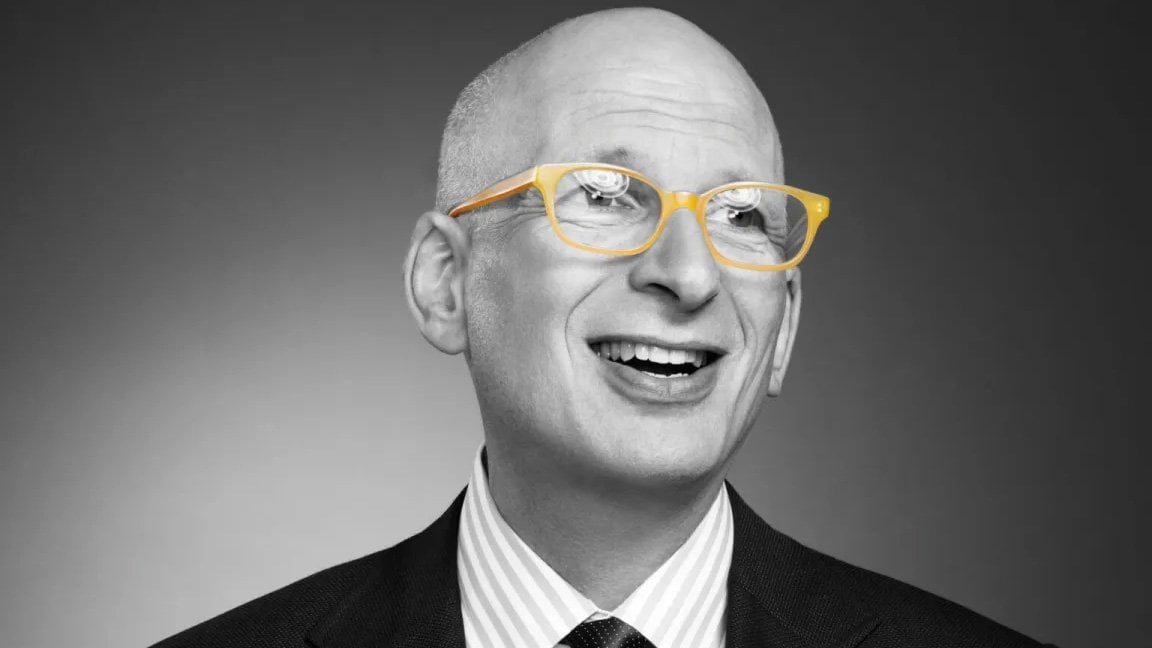While Americans have been obsessed with weight for decades, the popularity of the prescription medication Ozempic has soared in recent months as a quick fix to drop excess pounds. Fueled by the influence of celebrity success stories, impressive ‘newly thin’ red carpet appearances, and social media frenzy, Ozempic is touted as the latest weight loss miracle drug.
Originally intended for the treatment of type 2 diabetes to lower blood sugar levels, it contains the active ingredient semaglutide, which results in weight loss. Overweight patients who have been prescribed Ozempic report losing from 5% to as much as 10% of their body weight after one continuous year of treatment.

Drugs in this category include Wegovy, and Mounjaro and are all approved to treat type 2 diabetes, while Wegovy is approved for weight loss as well. Wegovy is specifically for weight loss management in obese individuals with a body mass index (BMI) of 30 or higher. Ozempic is specifically indicated for people with type 2 diabetes.
The FDA is currently reviewing Mounjaro for fast-track approval for weight loss management in addition to the treatment of type 2 diabetes. Mounjaro is the first dual GIP/GLP-1 receptor agonist working on both glucose-dependent insulinotropic polypeptide (GIP) receptors and glucagon-like peptide-1 (GLP-1) receptors. All of these pharmaceutical agents provide a dual effect, controlling appetite and blood sugar regulation.
The drugs make you feel fuller sooner by acting on receptors in both the brain and the digestive system. By slowing down the digestive system you can feel satiated faster and consume less food overall. Over 80% of diabetic patients are overweight and therefore a medication like Ozempic is very helpful for the right patient population. However, not everyone should be taking these medications. Patients should be properly screened and made aware of the side effects, contraindications, and overall risks.

What are the Risks?
All of these prescription drugs carry similar risks. These include inflammation of the pancreas (pancreatitis), changes in vision, and low blood sugar which could result in lightheadedness, fainting, blurred vision, weakness, headache, and feeling jittery. In addition, kidney problems, serious allergic reactions, and the possibility of thyroid tumors, including cancer can result. The most common side effects include significant nausea, vomiting, diarrhea, and stomach pain.
Physicians who prescribe Ozempic “off label” for patients who do not have type 2 diabetes and just want to lose weight should still screen for any family history of thyroid cancer or medical problems involving the pancreas or kidneys. Part of the problem has been that the popular demand has exceeded the availability at times making it more difficult for people with diabetes who need the medication to get it. In addition, there has been a new crop of telehealth sites that prescribe these drugs more readily with lapses in close follow-up.
The cost of these medications is high, approaching $1,500 a month or more in the United States without insurance coverage. With the great demand, there have been shortages of supplies raising concern for those who need it for immediate, legitimate care. Insurance coverage is highly variable and more likely when prescribed for diabetes than obesity.
Obesity in the United States is a major health and economic concern resulting in over $170 billion dollars in annual healthcare costs. Over 70% of adults are either overweight or obese which leads to significant heart disease, stroke, type 2 diabetes, cancer, sleep apnea, and more. However, there is an additional concern and risk for the healthy population that is demanding a quick weight loss fix for body image and cosmetic reasons alone. This is particularly disturbing for future trends and pharmaceutical direction.
The cause of obesity is multi-factorial, and the standard American diet of highly refined and processed foods high in fat and sugar is a major contributor. This diet has been appropriately given the acronym SAD (standard American diet), and it also results in the standard American diseases listed above. A sedentary lifestyle with insufficient physical activity is also a significant contributor. While diet programs and best-seller books with celebrity endorsements have become a major industry, the holy grail has been the search for a miracle pill or injection as the solution to the American lifestyle.
Hippocrates’ “First Do No Harm”
In this case, the rise of Ozempic as the miracle injection brings back memories from the 1990’s miracle pill known as fen-phen (a combination of the drugs fenfluramine/phentermine). Only years later was it fully understood that fatal complications were related to heart valve problems and pulmonary hypertension from the indiscriminate use of fen-phen. This became the cover story of the April 2005 issue of American Lawyer magazine when there were more than 50,000 product liability lawsuits with $15 billion in damages.
We hope that the current Ozempic craze does not result in long-term negative consequences. That is one of the major concerns in low threshold prescribing for quick-fix weight loss goals. It should be noted that when the Ozempic injections are stopped, the body will return to previous weight set points unless there have been consistent dietary and behavioral changes that have accompanied the drug-assisted weight loss. This can exacerbate “yo-yo” dieting which has negative health consequences as well.
Dr. Joel Fuhrman, an expert in weight management and nutrition advises, “I have always spoken out on dangers of weight yo-yo-ing, so that means once on this drug, which increases the risk of cancer, you shouldn’t stop it or the benefits become risks from rapid regain of weight. Compared to learning how to enjoy anti-cancer foods whose regular use causes weight loss and lifespan enhancement. There is no magic in pharmacology and to be efficacious you also have to deal with potential toxicity.”
If we listen to the wisdom of the renowned Greek physician, Hippocrates, considered to be the Father of Western Medicine, “Let food be thy medicine and medicine be thy food” our society would be well served. Combining the teachings of ancient wisdom and the benefits of modern medicine can offer the best results and the lowest risks.

















